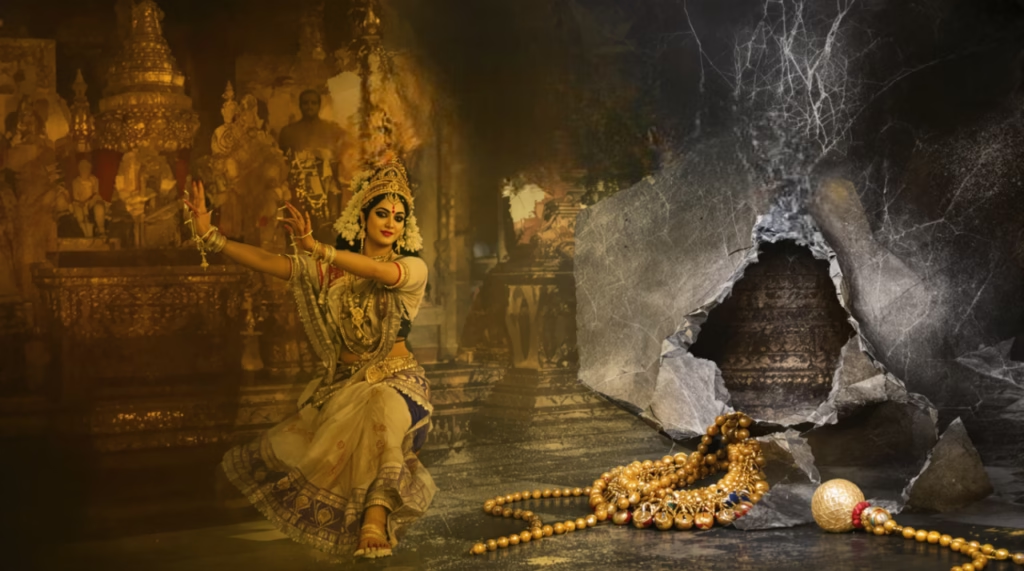
The Devadasi system has been a significant yet controversial part of India’s cultural and religious history. Often misunderstood and rooted in complex socio-economic and cultural traditions, the practice has evolved over centuries. The term Devadasi means “servant of God” in Sanskrit, but this practice, once revered for its role in sacred temple worship, is now associated with exploitation, gender inequality, and human rights abuses. In this article, we explore the origins, historical context, rituals, socio-economic impacts, and modern-day challenges surrounding the Devadasi system, while also looking at the efforts being made to empower women trapped in this cycle.
1. Historical Foundations: The Origins of the Devadasi System
The Devadasi system, a tradition that has been woven into the cultural fabric of Southern India for centuries, has roots that stretch back to the 7th century. Originally, these women were revered as spiritual dancers and musicians, their devotion to the temple a mark of cultural and religious significance. The term “Devadasi” itself means “servant of God,” a reflection of the profound role these women played in temple rituals and local religious ceremonies.
The earliest mentions of the Devadasi system appear during the reign of the Chola Dynasty in Tamil Nadu. The Cholas, known for their architectural brilliance and patronage of the arts, created temples that not only served as places of worship but also as centers of cultural expression. It was within these temples that Devadasis became instrumental in performing sacred dances and music, believed to be offerings to the deities they served.
During this period, Devadasis held a revered position within society. They were not only dancers but were also often educated women, trained in various classical arts. Dance forms like Bharatanatyam (which evolved from the temple dances performed by the Devadasis) became deeply embedded in the cultural life of the region. The Devadasis’ role was integral to the spiritual life of the temple; their performances were considered acts of devotion, a divine connection between the human and the sacred.
However, it’s important to recognize that the practice of dedicating women to temples was not always viewed as exploitative. In fact, for centuries, being a Devadasi was seen as a form of honor. These women were respected for their artistic contributions, and their position in society was considered prestigious. They were often well-supported by the temple and local communities, with a level of autonomy that was rare for women in that era.
But as history unfolded, the position of the Devadasi shifted dramatically, especially after colonial influence took hold in India. The transformation of these sacred performers into objects of exploitation came hand-in-hand with a changing social and economic landscape that would forever alter the Devadasi tradition.
While the Devadasi system began as a means of artistic and spiritual expression, it ultimately became a symbol of the complex intersection of religion, culture, and power in India’s history. The status of the Devadasis, once exalted, began to deteriorate over time, eventually leading to the deep-seated issues of exploitation that would define the system in modern times.
